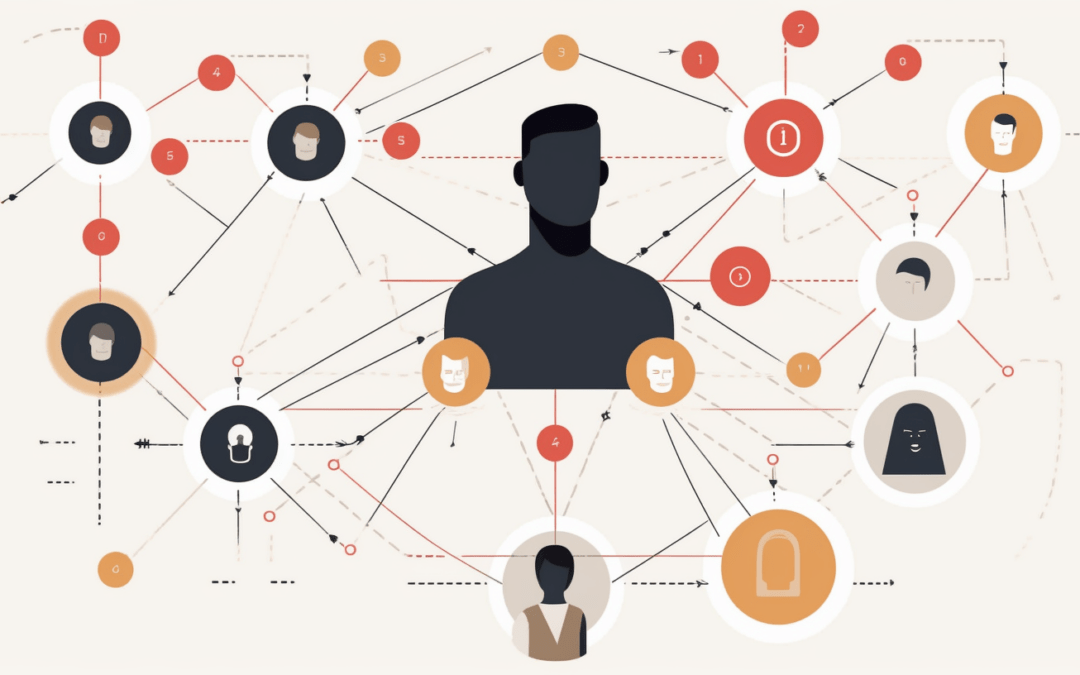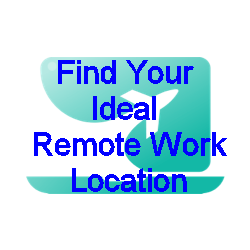“Makin’ your way in the world today takes everything you’ve got. Takin’ a break from all your worries sure would help a lot.” If the rest of the song is already starting to play in your head, chances are you are at least 50 years old. Where Everybody Knows Your Name (The Cheers Theme song) was written and recorded by Gary Portnoy and Judy Hart shortly after I graduated from high school. So it’s been stuck in my head a long time. Aside from its catchy tune and lyrics, it’s about people, places, and their connections.
The Cheers bar is an idyllic place where people gather after work to share a cold drink, relax, and share the day’s events. They weren’t worried about the hour commute home or getting the kids to soccer practice, they were just there to enjoy everyone’s company. Norm was symbolic of the culture because every time he walked into the bar everyone yelled his name. You don’t see that much in the real world, but I’ve noticed it more in my little town in the last couple of years. It’s not always me, but frequently someone will greet someone entering the market, the local bar, Grange hall, chocolate shop, town hall, etc. by name from across the room. People are rediscovering their connections as they rediscover their communities. It more or less follows a specific formula known as Dunbar’s Number.
Circles of Intimacy
Robin Dunbar is an anthropologist and psychologist who specializes in primate behavior research. If the name sounds familiar, you may have watched too many episodes of The Big Bang Theory. He was the topic of conversation between Amy and Sheldon in one episode, but I digress.
Dunbar’s Number refers to the cognitive limit to the number of stable social relationships a person can maintain. The commonly cited figure is around 150 people. So my 547 Facebook friends and 2457 followers on LinkedIn aren’t a true representation of my circle of intimacy or influence. Research has shown a similar pattern in a variety of social groups (e.g., hunter-gatherer tribes, military units, office teams, and towns).
The structure is pretty consistent starting with your closest friends and family (usually around 5 people). Then there are around 15 good friends. Your broader social connections generally average around 50 people. And lastly, there are about 150 or so people you might label as acquaintances. This is about all the average human can manage in terms of emotional energy and available time.
Social Media Substitution
About the time that Cheers came out in 1982, we started moving away from those places where everybody knew your name thanks to the Commodore 64 and the TRS-80. These personal computers first started infecting our lives and started luring us into services like AOL and Prodigy. Pretty soon more of our connections were digital than in person.
Commutes started getting longer. We needed a pager or work phone for time outside of work. We started bringing our work computer home with us. Soccer and volleyball replaced most Sunday church services. And slowly many regular closer personal connections gave way to lots of online connections. There’s simply less energy required to maintain these relationships. And since our time was being sucked up by other things, it seemed like a reasonable substitution. Even if we weren’t consciously aware it was happening.
Rediscovering Our Inner Circle
Covid was sort of a wake-up call for some people. For others, it was just an opportunity to get more time back. Working remotely allowed many to rediscover their inner circle. It may not have been the circle they started with, but those 500 Facebook friends are starting to re-coalesce back into normal patterns reflected in Dunbar’s number.
Few things are more of a wake-up call than a diagnosis of ALS. A couple of years ago, my father died and I was diagnosed with Covid the next day. We had to delay the funeral until I could be around people. It didn’t even really register at the time that my cousin wasn’t talking much. She had been in the medical field her whole life and had diagnosed herself with ALS a couple of months prior. So far she wasn’t sharing the news because the official tests were still being done. Most of our lives we were separated by a few hundred miles and a 9 year age gap so there weren’t a lot of points of intersection to start with. I think we interacted more in the last two years than in all the years before. Most people make a bucket list they never get to. I’m pretty sure she made it through the list. She sent her final email a few weeks ago, and we are all gathering to say our final goodbyes this weekend.
Don’t wait for a wake-up call to rediscover your inner circle. If you have met some new friends online since you’ve been remote that is great. Maybe you should meet them in person. Or maybe, it’s time to sign up for that open mic in town or volunteer for a town committee. Most of us who have discovered remote work have gotten an extra hour or so back in our day. Don’t waste it with the remote in your hand. Take time to reconnect with friends and family and see if you can identify those 150 or so people who are part of your inner circle. They may be in different parts of the world, or right nearby. You might even find a place “where everybody knows your name”.



